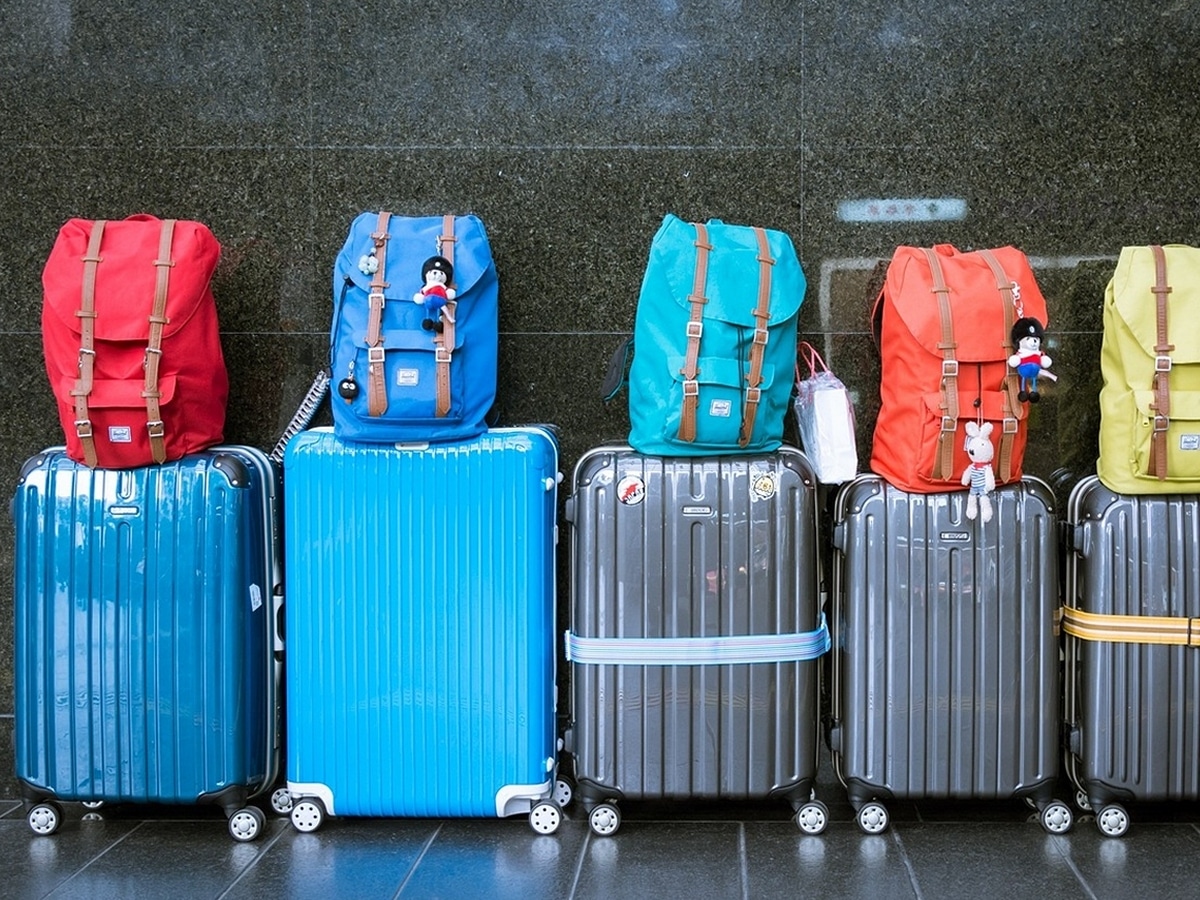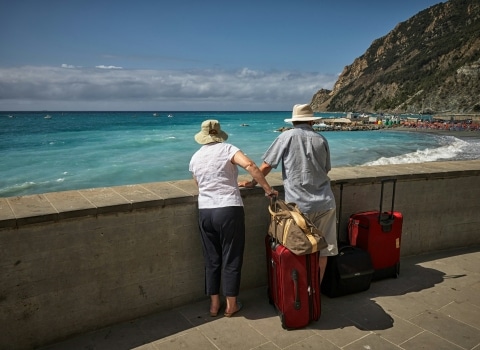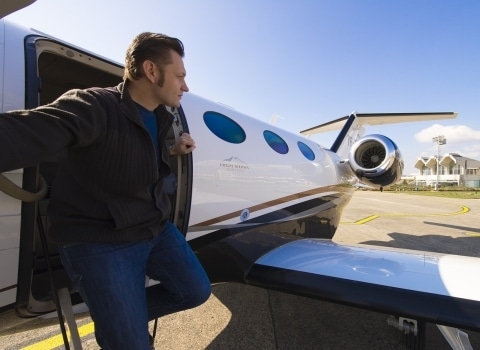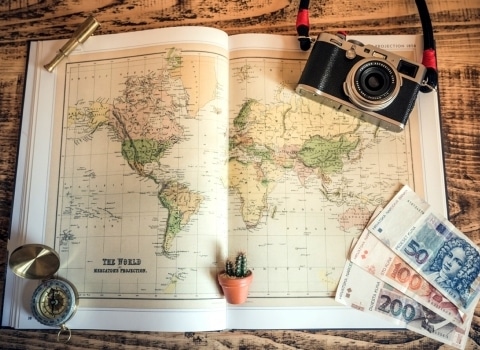The Kind of Suitcase That Makes the Journey Easier
Picking the right bag sounds simple, but choosing a travel suitcase wisely can change everything. Anyone who’s ever wrestled with a broken zipper at an airport gate or cursed their way through a cobblestone alley knows the choice matters more than it seems. Some people fly light, others pack like they’re moving countries. Either way, the bag you bring along ends up shaping the journey more than you’d expect.
A good suitcase doesn’t just hold your things. It helps you move through the world with fewer obstacles. You organize better. You stress less. And if you’ve ever tried to squeeze a winter coat into a carry-on two hours before takeoff, you already know why the right model makes all the difference.

10 steps to the perfect travel suitcase
1. Size
Not all trips are created equal. A long-haul flight to another continent? Definitely not the same as a two-day city break. That’s where size comes in. A cabin bag might work for quick escapes, but anything longer and you’ll need more room. And it’s not just the exterior—check how the space inside is laid out. Some bags expand. Others divide everything up with a bit more logic. Ideally, one suitcase won’t be enough. Most travelers end up building a small arsenal over time.
2. Weight
Empty, the bag already eats into your weight allowance. That’s the catch. Go too heavy, and you’re forced to leave things behind. But go too light, and the shell might give out on you mid-trip. It’s a trade-off. Best to find something that’s light enough for the airline scale but doesn’t crumble after a second journey. The materials make the difference.
3. Material
Hard shell or soft? It’s more than a matter of looks. Polycarbonate can handle rough baggage handlers and protect fragile stuff inside. Soft-sided models, especially in high-end nylon or RPET, flex and squeeze into awkward spaces. They breathe a bit. Recycled materials like RPET are catching on, offering durability without the guilt. In the end, it’s about what kind of traveler you are. How rough your routes get. How neat you pack.
4. Wheel System
Four wheels that spin in every direction—sounds minor, but it changes everything. Try dragging two-wheeled luggage through a crowded train station sometime. A proper spinner glides beside you with little effort. Just make sure those wheels are solid. Some are quiet, some wobble after a month. Test them, if you can. And imagine rolling it across more than just polished floors.
5. Handles
Handles are one of those things you never think about—until they fail. The telescopic one should feel firm, not wobbly. Side grips need to be secure, especially when hoisting the bag onto a train or into a trunk. It’s often in the rushed moments that a good handle saves time and sanity. Seems small, until it’s not.
6. Zipper Quality
It takes only one busted zipper to ruin a trip. That’s no exaggeration. Look for ones that feel sturdy, that don’t snag on the lining or give way under pressure. Reinforced stitching helps. Some models include double zippers or ones that interlock with locks. They’re not all built the same. And once broken, there’s no easy fix in a hotel room halfway across the world.
7. Security Features
Lock it or lose it—especially on longer routes or layovers. At the very least, go with a combination lock. But for flights to the U.S., TSA-approved locks save trouble at customs. Some newer bags even come with GPS tracking or alerts if the bag gets moved unexpectedly. Maybe it’s overkill. Maybe not. Depends how often you’ve lost sight of your bag and regretted it.
8. Compartments and Pockets
Unpacking chaos or a neatly arranged interior—that choice comes down to pockets. Straps help keep things in place. Dividers separate clean from worn. And outside compartments? Handy when boarding passes, passports, or a phone charger vanish into the abyss of your main compartment. The right design saves you the daily rummage.
9. Price
Prices swing wildly. Flashy brands cost more, but not always for better quality. Look closely at features and build rather than just the label. Sometimes the sweet spot lies in the mid-range: durable, well-designed, but without luxury pricing. Promotions come and go. If the trip’s coming soon, it’s better to pick something solid than to wait for the perfect deal.
10. Warranty
Some brands back their suitcases with real guarantees—others, not so much. A proper warranty can last three, even five years. That says something about how the product’s expected to perform. It also covers factory flaws and the kind of damage that shows up after the third or fourth use. Worth checking the fine print before you commit. A solid warranty makes the purchase feel less like a gamble.







